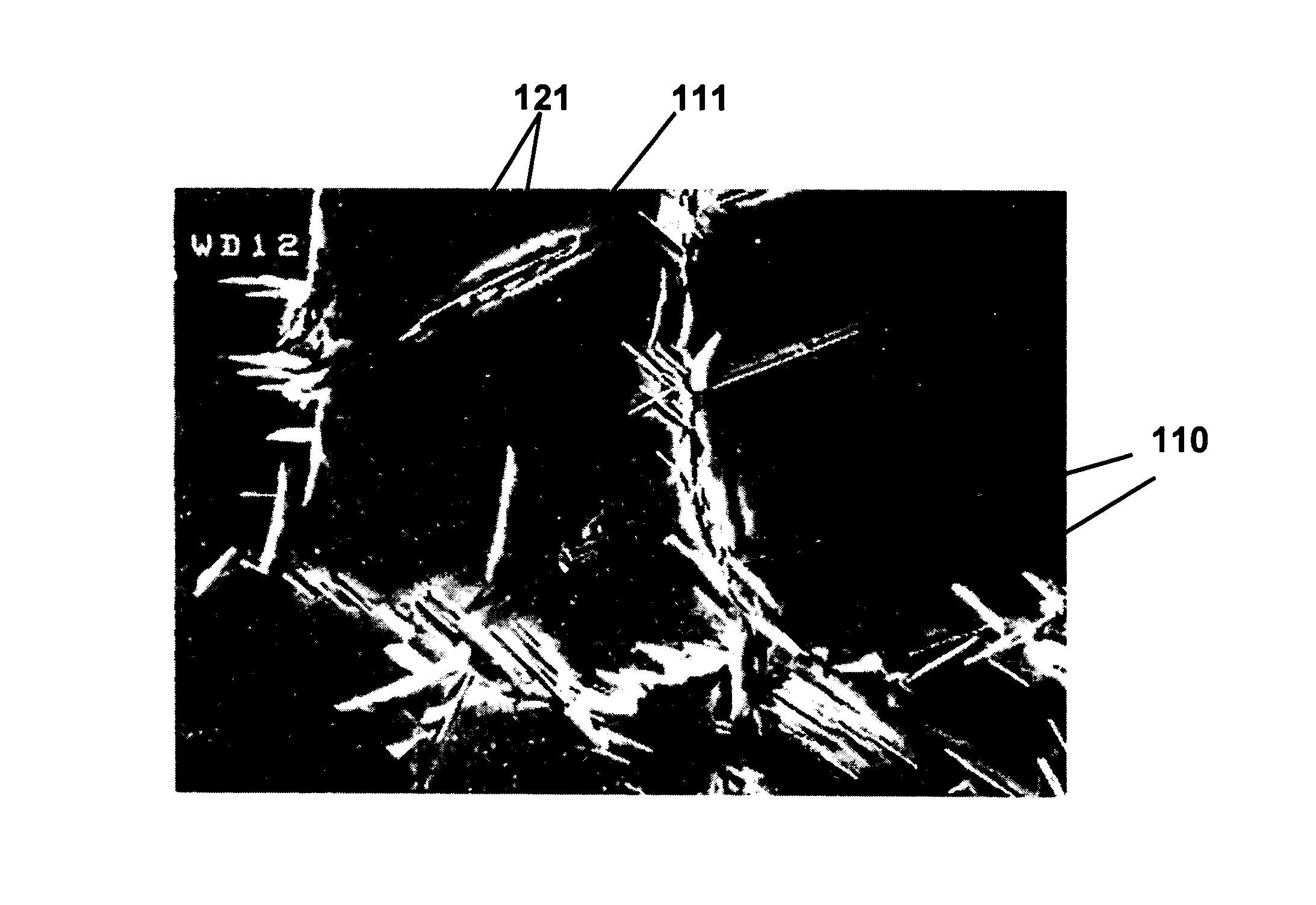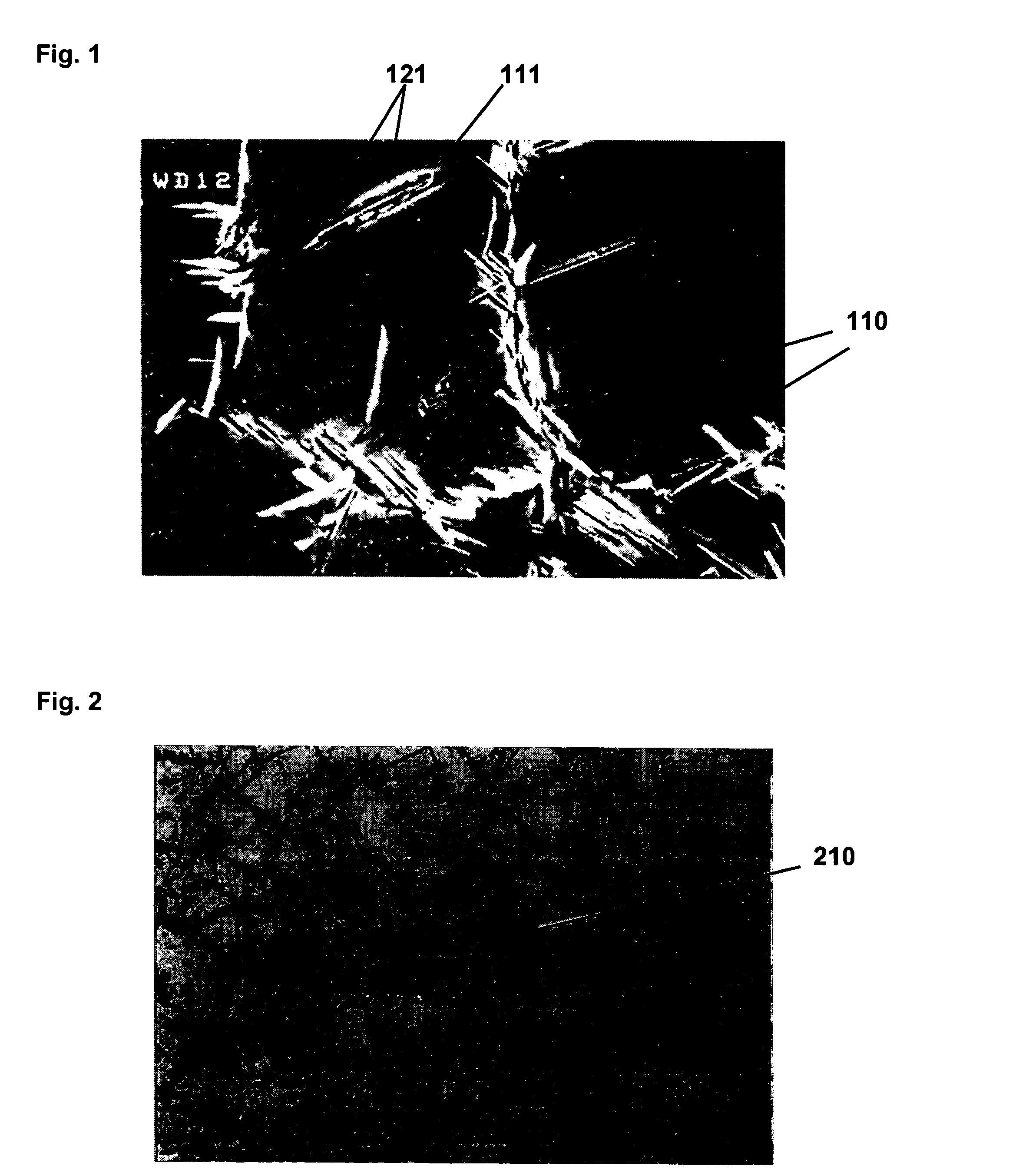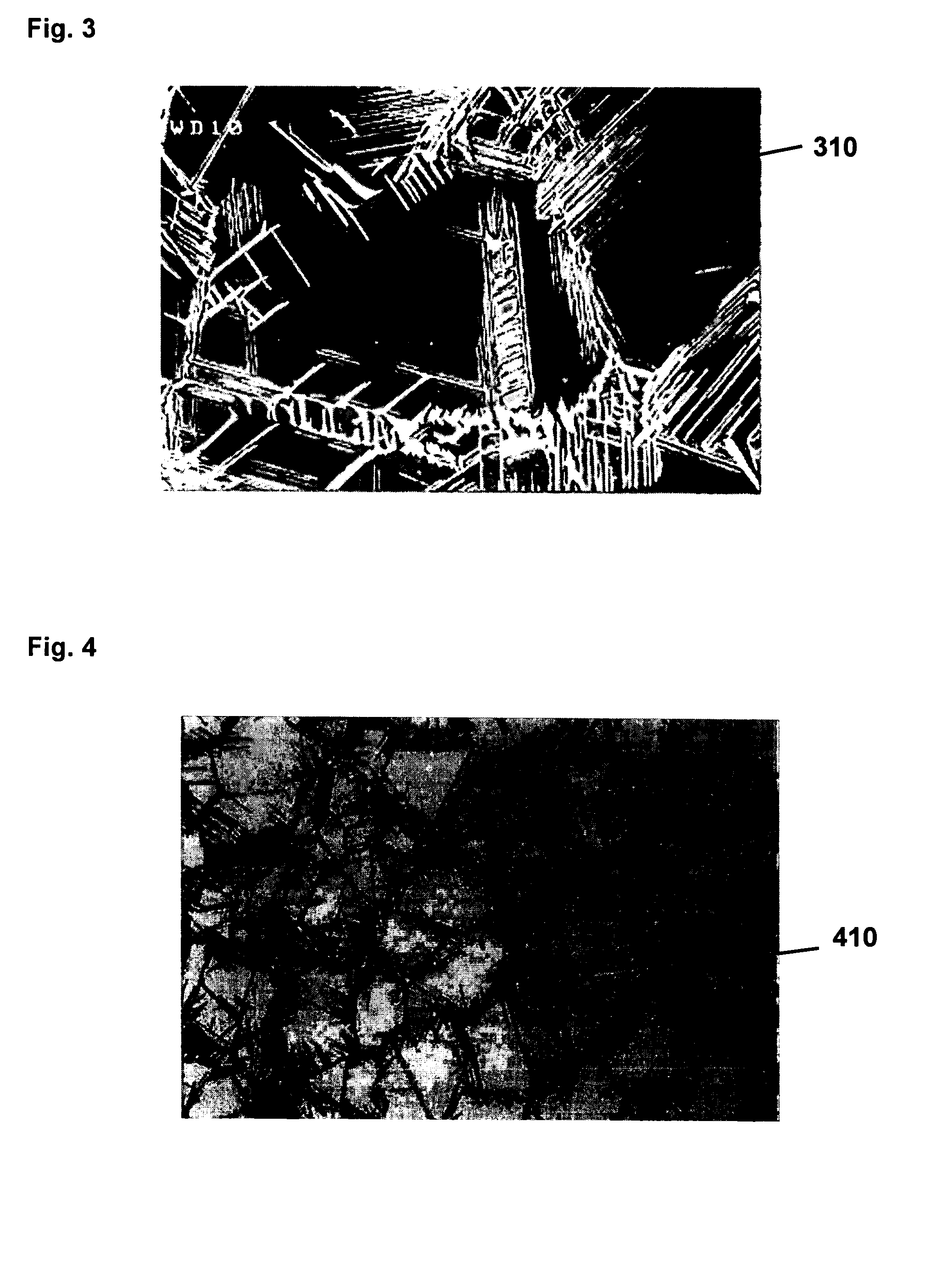Nickel-base alloys and methods of heat treating nickel-base alloys
a technology of nickel-base alloys and alloys, which is applied in the field of nickel-base alloys and methods of heat treatment nickel-base alloys, can solve the problems of ′′-phase instability, mechanical properties, and deterioration of alloys, and achieves the effects of reducing the number of alloys, and improving the quality of alloys
- Summary
- Abstract
- Description
- Claims
- Application Information
AI Technical Summary
Benefits of technology
Problems solved by technology
Method used
Image
Examples
example 1
[0066] A 718-type nickel-base alloy was melted prepared using in a VIM operation and subsequently cast into an ingot. Thereafter, the cast material was remelted using VAR. The cast material was then forged into an 8″ diameter, round billet and test samples were cut the billet. The alloy had a grain size ranging from ASTM 6 to ASTM 8, with an average grain size of ASTM 7, as determined according to ASTM E 112, as determined according to ASTM E 112. The composition of alloy is given below.
ElementWeight PercentC0.028W1.04Co9.17Nb5.50Al1.47B0.005Mo2.72Cr17.46Fe9.70Ti0.71P0.014Ni + residual elementsBalance
[0067] The test samples were then divided into sample groups and the sample groups were subjected the pre-solution treatment indicated below in Table 1.
TABLE 1Sample GroupPre-solution Treatment1None21550° F. for 8 Hours31600° F. for 8 Hours41650° F. for 8 Hours
[0068] After pre-solution treatment, each of the sample groups were solution treated at 1750° F. for 1 hour, air cooled, age...
example 2
[0072] Test samples were prepared as discussed above in Example 1. The test samples were then divided into sample groups and the sample groups were subjected to the solution and aging treatments indicated below in Table 3.
TABLE 3Sample First AgingSecond AgingGroupSolution TreatmentTreatmentTreatment51750° C. for 1 hour1325° C. for 8 hours1150° C. for 8 hours61750° C. for 1 hour1450° C. for 2 hours1200° C. for 8 hours71800° C. for 1 hour1325° C. for 8 hours1150° C. for 8 hours81800° C. for 1 hour1450° C. for 2 hours1200° C. for 8 hours
[0073] Between solution treating and the first aging treatment, the samples were air cooled, while a cooling rate of about 100° F. per hour (i.e., furnace cooling) was employed between the first and second aging treatments. After the second aging treatment, the samples were cooled to room temperature by air cooling.
[0074] After heat treating, the samples from each group were tested as described above in Example 1, except that instead of the room temp...
example 3
[0078] Test samples were prepared as discussed above in Example 1. The test samples were then divided into sample groups and the sample groups were then solution treated at 1750° F. for the times indicated below for each sample group in Table 6. After solution treatment, each of the test samples was air cooled to room temperature, and subsequently aged at 1450° F. for 2 hours, furnace cooled to 1200° F., and aged for 8 hours before being air cooled to room temperature.
TABLE 6Sample GroupSolution Treatment Time91 Hour 103 Hours114 Hours
[0079] After heat treating, the samples from each sample group were tested as described above in Example 1, except that Charpy impact testing was not conducted on the test samples. The results of these tests are given below in Table 7, wherein the tabled values are average values for the samples tested.
TABLE 7Stress-TensileYieldPercentRupturePercentStrengthStrengthPercentReductionLife atElongationSampleat 1300° F.at 1300° F.Elongationin Area at1300...
PUM
 Login to View More
Login to View More Abstract
Description
Claims
Application Information
 Login to View More
Login to View More - R&D
- Intellectual Property
- Life Sciences
- Materials
- Tech Scout
- Unparalleled Data Quality
- Higher Quality Content
- 60% Fewer Hallucinations
Browse by: Latest US Patents, China's latest patents, Technical Efficacy Thesaurus, Application Domain, Technology Topic, Popular Technical Reports.
© 2025 PatSnap. All rights reserved.Legal|Privacy policy|Modern Slavery Act Transparency Statement|Sitemap|About US| Contact US: help@patsnap.com



